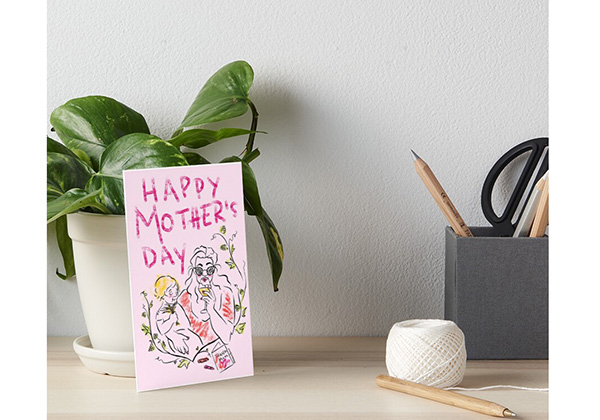
How the Health Drink is Finding its Way Into Breweries
Many craft beer consumers like to mix it up a bit. When a brewery has more than just its beer on tap, it can provide additional opportunities. A new alternative that is popping up in some breweries is guest taps of Kombucha, a beverage produced by fermenting types of tea with a culture of yeast and bacteria. Some breweries have gone a step further by introducing a Kombucha to its portfolio and brewing it in house.
In New York, Fairport Brewing has widened its reach by offering what is considered by some to be a health drink. Some Kombucha is only about 0.5 percent alcohol, which has been tricky when it comes to licensing.
“In New York State, brewing Kombucha required a brewing license but that may be changing,” said Fairport Brewing brewmaster Paul Guarracini. “It’s not a problem for us since we were already brewing beer.”
The question is between different government agencies and it is not known or understood very well. Is it a alcoholic beverage? If not, is it then a food, as in a sports drink? If food, are there additional food safety requirements? As different entities get involved, it’s been very confusing, Guarracini said.
“Usually ‘no’ is their initial response,” he said. “We have since sorted it out but it sucks to be first.”
The ingredients and brewing process are simpler than beer and thus less expensive, Guarracini said. The bacteria — SCOBY (an acronym for Symbiotic Culture Of Bacteria and Yeast) — used requires that it be made in an area separate from beer brewing.

“It’s essentially sweet tea that is aged with a culture which lightly sours it,” Guarracini said. “So the brewing is like making a very big cup of tea and then you add the SCOBY. You come back and taste it some time later and it’s done. At that point, it’s just like beer. Chill it, carbonate it, bottle it.”
In Chula Vista, California, Boochcraft’s best marketing has been big craft beer festivals where Adam Hiner says people are excited to have something different to drink.
Boochcraft is a bit different than most Kombucha brewers, they are the only brewery in Southern California offering a high alcohol Kombucha that rings in at 7.0 percent ABV, licensed as a type 23 craft beer brewery under ABC.
“The TTB classified us as a specialty beer,” Hiner said, the brewery’s founder. “We are also certified organic. So basically they don’t have a category for Kombucha at this point so they just called us a beer.”
Hiner said getting started was pretty similar to anyone else looking to open a brewery in California.
“I think a big thing for us was not knowing everything as we got into,” he said, noting that one cost that the brewery has taken on is hiring a microbiologist, which meant starting a lab right from the start.
Boochcraft uses cane sugar for fermentation along with SCOBY. It ferments in open air fermentation vessels, similar to a sour beer, while secondary fermentation is also open air.
“As of recent we are actually seeing a leveling off of the craft beer industry which could be in part because there are so many breweries,” Hiner said. “Everybody is looking for the next big thing. We think that is where we come in.”
Although there is some slight crossover in New York, Guarracini sees the biggest selling point for Kombucha has been the craft behind the making of the product more than seeing it as craft alcohol.
“The same thing that drives people towards “hand made” products works for Kombucha,” he said. “But Kombucha is a health drink and this is not compatible with alcohol for some. We sell most of the Kombucha in food outlets like grocery stores, bakeries and health food stores, though some beer stores do carry it.”
Kombucha is sold at the Fairport taproom, but most people do not stay to drink it,” Guarracini said. “They fill up their growlers and go. The exception to that would be Kombucha cocktails. [Those are] very popular in the summer.”
He did note that craft alcohol is now bigger than every before, and it’s driven by the curiosity of Millennials.
“They’re very open to trying new things,” Guarracini said.






2 Trackbacks / Pingbacks